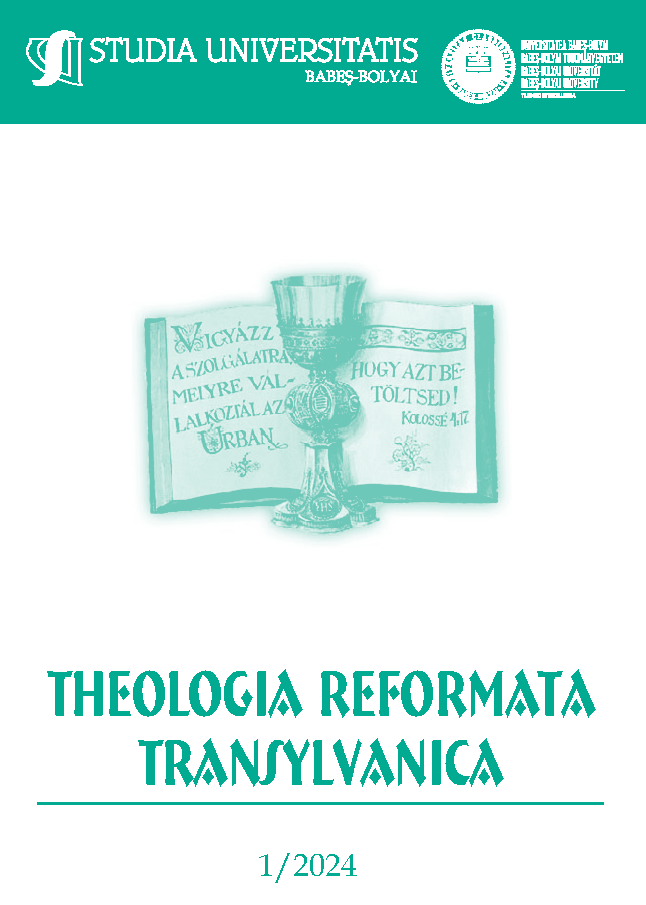ESCAPE FROM THE CONSTRAINT OF THEOLOGICAL CORRELATION: MARTIN HEIDEGGER’S 1924 PRESENTATION ON LUTHER
ESCAPE FROM THE CONSTRAINT OF THEOLOGICAL CORRELATION: MARTIN HEIDEGGER’S 1924 PRESENTATION ON LUTHER
Author(s): Orsolya HorváthSubject(s): Systematic Theology
Published by: Studia Universitatis Babes-Bolyai
Keywords: Heidegger; Luther; Dasein; theological correlation; decapitated theology.
Summary/Abstract: In this essay, I examine a less familiar document: the text of Martin Heidegger’s 1924 lecture on Martin Luther, delivered as part of the seminars held by Rudolf Bultmann. This lecture, I argue, makes the theological or, to be more precise, Lutheran roots of Heidegger’s philosophical motivations in the years during which he was doing the preparatory work for Being and Time clear. The analysis demonstrates that Luther had a decisive influence on Heidegger’s concept of man. Heidegger praises the theological radicalism of Luther’s concept of man, but he seeks at the same time to free his own concept from this theological framework. Thus, in this respect, he is even more radical than Luther. While Luther is bound by the correlational constraint presented in the analysis between God and man, Heidegger’s philosophizing at first follows Luther’s radical thinking about concrete man but then removes this concrete man from the correlational constraint. The study argues that the document in question shows that, as a result, Heidegger does not arrive at a residual concept of man (or, in other words, his philosophy is not a decapitated theology) but at a radically new concept of man.
Journal: Studia Universitatis Babeș - Bolyai Theologia Reformata Transylvanica
- Issue Year: 69/2024
- Issue No: 1
- Page Range: 89-108
- Page Count: 20
- Language: English

